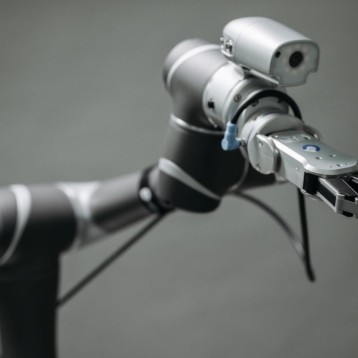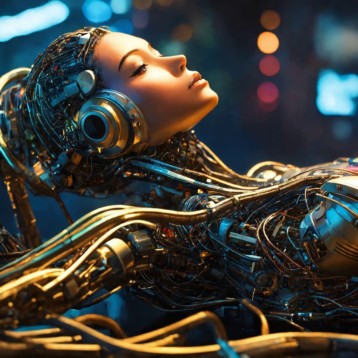Mutlu has put most of his research time into conducting ethnographic fieldwork and exploratory laboratory studies. His goal is to understand social aspects of robotic technology and create new design variables. This knowledge will be used to create more humane robot behavior and is currently being implemented in robotic models including Honda’s ASIMO, ATR’s Robovie and Hiroshi Ishiguro’s Geminoid.
One of his experiments put people in a competitive situation with a robot in order to examine the hypothesis that robots are cooperative agents. People’s perception of ASIMO was tested in a two different scenarios. In the first a robot cooperated with the subject and in the second it competed with him. The results showed that people perceived the robot as more socially desirable and intelligent when they cooperated with it. However, a criticism could be made, claiming that the same perception would occur if the robot had been replaced by a human being.
Another aspect Mutlu researched was the implementation of a “social gaze” in robots. He created a model of the human gaze behavior using empirical data. Later on he examined ASIMO’s performance of the human gaze behavior in a storytelling task. The amount of gaze received by the listener of the story was counted. According to the results, people recalled ASIMO’s story better when they were looked at longer.
Mutlu’s research of robots in organizations was conducted in a hospital organization. Through qualitative observations and semi-structured interviews, data was collected on two research sites during the period of a year. The analysis showed that people who worked in high-stress, emotionally involved jobs had negative experiences with the robots while workers who were in lower stress positions thought that the robots improved their workflow and accepted the adoption of the robot into their workflow. It is worth noting that the acceptance of changes among people whose work involves a large amount of stress tended to be negative.
TFOT has covered ASIMO in the past. Other related TFOT stories include “Creativity: Humanity’s Last Stronghold”, a column written by to Israel Beniaminy discussing the concept of creativity, A.I. and robotics. TFOT also covered the S-bot, which is a manifestation of swarm intelligence, and the development of robotic rats that will aid in rescue missions.
More information about Mutlu’s experiments with robots can be found on Carnegie Mellon’s website.










